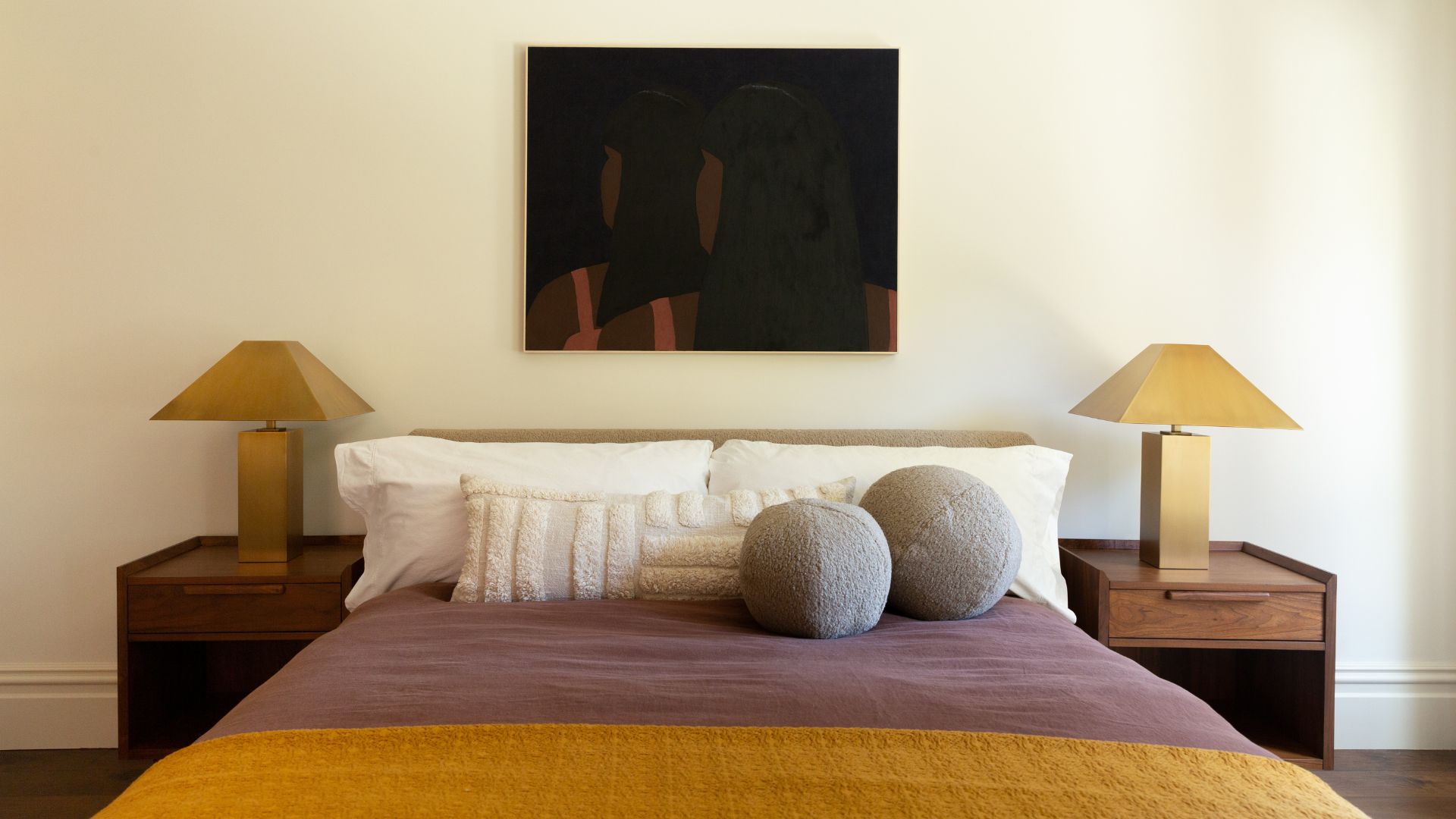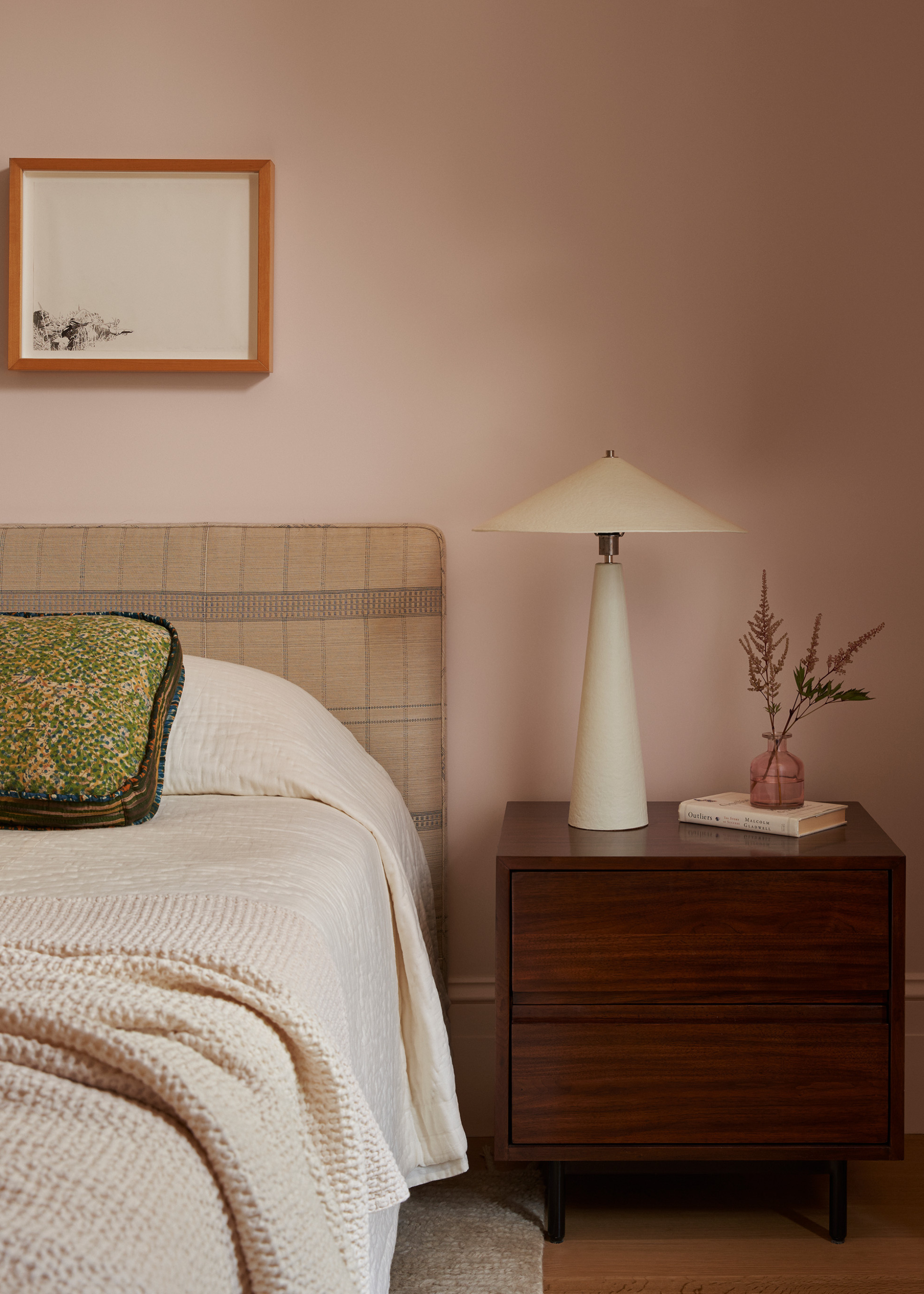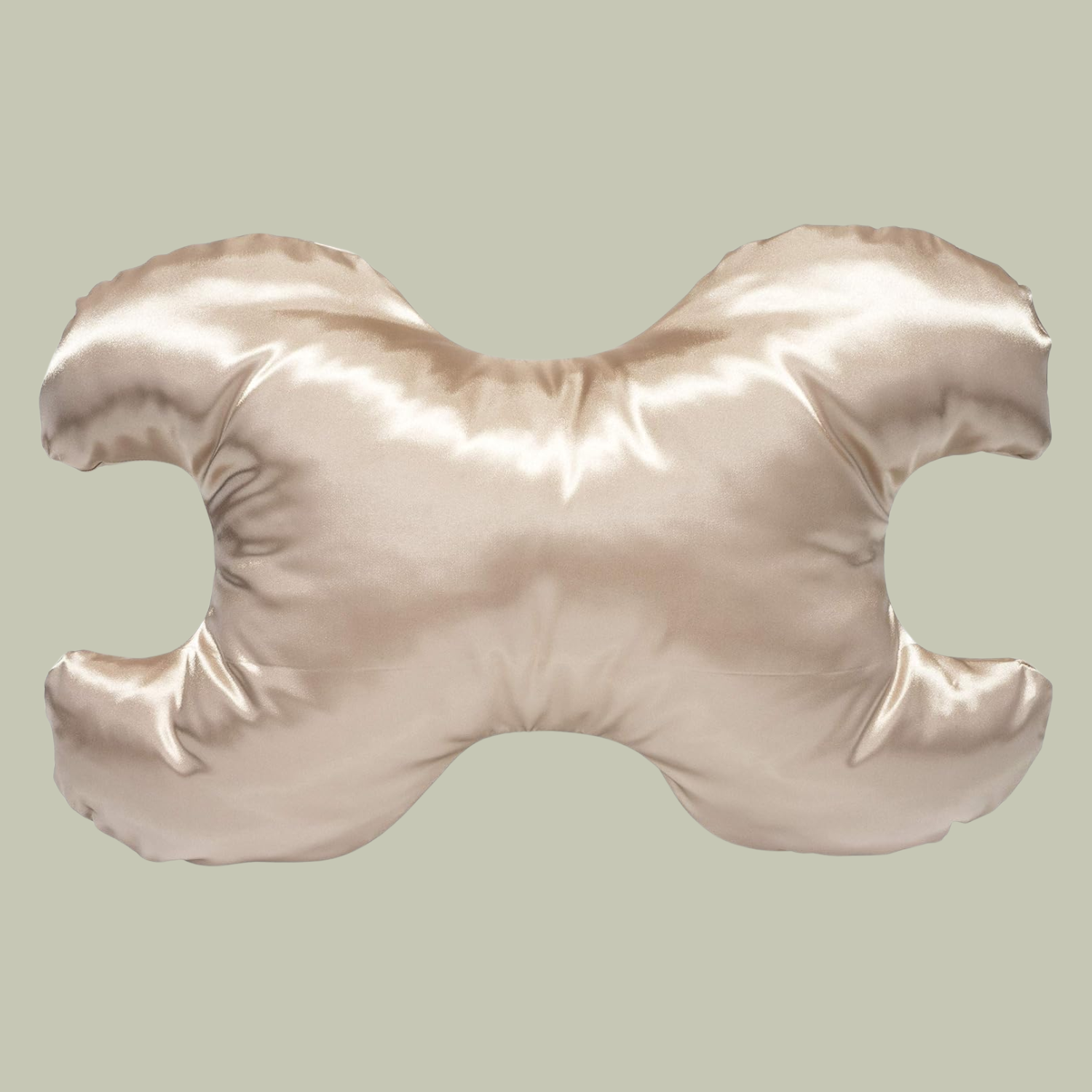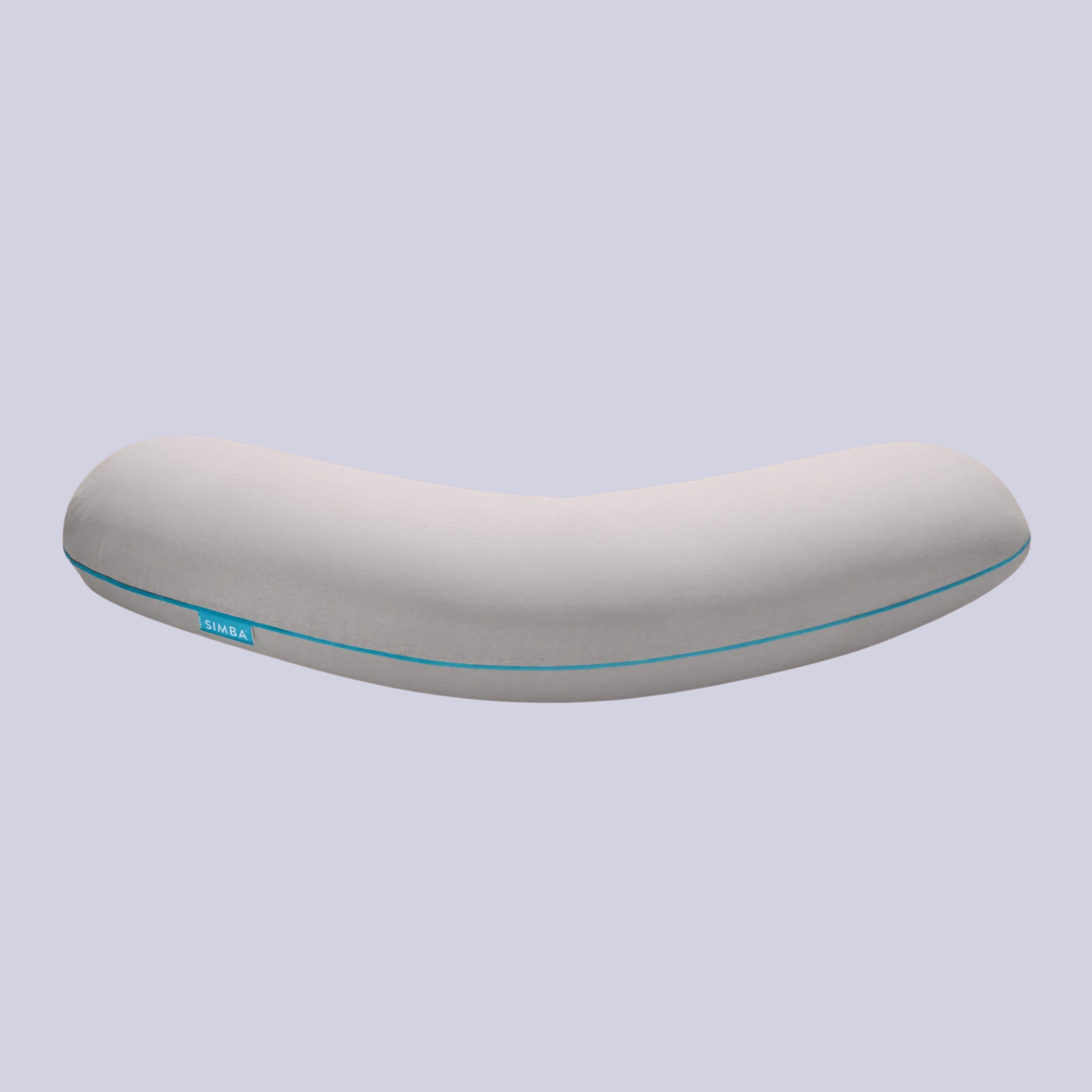Side, Back, or Front — What’s the Best Position For Sleep? Experts Put the Debate to Rest Once and for All
This might be your wake-up call to change positions and sleep the right way, let's find out...


In learning about everything related to creating the perfect atmosphere for rest, I realized that I still have one major question unanswered — what’s the best position for sleep?
You can have the perfect bedroom temperature, a completely blacked-out bedroom, and a soft bedscape to support you. But what if your sleep position is keeping you from achieving true, comfortable rest? So, on my quest to learn how to sleep better, I asked the experts for their thoughts, and the verdict is in.
There's one position they swear by, and it's on your side. And on the other hand, there's another that you should try to avoid at all costs. Here are the answers to both and why.
What Is the Best Position for Sleep?

The way you sleep affects the amount of rest you get and more.
According to Sosha Lewis, certified sleep science coach at Mattress Clarity, sleeping on your side tends to be the most supportive option for overall health.
"It helps maintain natural spinal alignment, which can ease back and neck tension," she explains. "It also supports better airflow, reducing snoring and mild sleep apnea symptoms."
But there's more. Sosha tells me that there's a preferred side to sleep on, too. "Left-side sleeping, in particular, can aid digestion and circulation," she notes. "For most people, it’s a good balance between comfort and body support."
And once you find your pillow position, you'll be all set to soundly doze off on your side and master sleep hygiene, too.
The Livingetc newsletters are your inside source for what’s shaping interiors now - and what’s next. Discover trend forecasts, smart style ideas, and curated shopping inspiration that brings design to life. Subscribe today and stay ahead of the curve.

After Sosha began writing sleep-related content, she knew she wanted to learn more about this important (yet often elusive!) aspect of human health and well-being. She became a Certified Sleep Science Coach to better understand what goes into getting a good night’s rest — including one’s choice of mattress. Sosha now calls upon this training when she tests and writes about beds and sleep accessories.
What Is the Worst Position for Sleep?

Even a beautiful bedroom won't help you sleep well if you're in the wrong position.
Now that we've confirmed once and for all the best position for sleep, we might as well flip the question on its head and explore the worst stance for sound rest.
Livvi DiCicco, sleep expert at Sleepopolis, tells me that falling asleep on your stomach is usually the hardest on your body. "It can put stress on your neck because your head has to turn to one side," she says.
"Plus, sleeping on your front can also strain your lower back. And over time, this uncomfortable sleep position can cause stiffness, pain, and poor spinal alignment."
Sosha also agrees that stomach sleeping is the least ideal, saying: "It forces your body into an awkward twist and flattens the natural curve of your spine. And while some people feel comfortable this way in the short-term, it's not advisable in the long run."
Since the resulting discomfort could eventually cause trouble sleeping through the night, it's best to slowly amend your position by trying to switch to side sleeping instead.

Livvi DiCicco is a staff writer and certified sleep science coach. She has been writing, editing, and researching sleep-based content for over a year. After graduating from the University of Iowa with a degree in English & Creative Writing, she decided to work in the digital marketing field, continuing her creative works on the side. Her other interests (besides napping and writing) include digital art, history, and boba tea.

Color: Beige
If you're not sold on just the look, our review of the Save My Face silk side sleeper pillow might tease you into making the switch.
FAQs
How to Change Your Sleep Position?
Livvi tells me that it takes time to retrain your body, but it can be done. "Try using a pillow between or behind your knees to make side sleeping more comfortable and stable. You can also place a firm pillow next to your body to prevent rolling onto your stomach," she advises.
"If you’re switching from stomach to side or back sleeping, choose a mattress that offers lots of support and a pillow that keeps your spine aligned. If you stick with it, your body will start to adapt to the new position naturally."
Side sleeping for the win! And now to dial it a few steps back and get you ready for rest, check out our guide on how to romanticize your bedtime routine. Trust me, it will make going to bed every night a dreamily awaited part of your day.

Amiya is a Home Wellness Writer at Livingetc. She recently graduated with a Masters Degree in Magazine Journalism from City, University of London, and has lent her words to beauty, fashion, and health sections of lifestyle publications including Harper’s Bazaar and Women’s Health. Her experience as a research analyst has equipped her with an eye for emerging trends. When she’s off the clock, she can be found reading, listening to music, or overanalyzing her latest Co-Star update.

